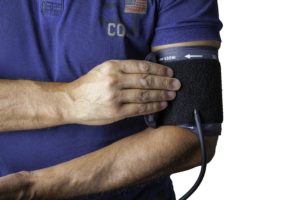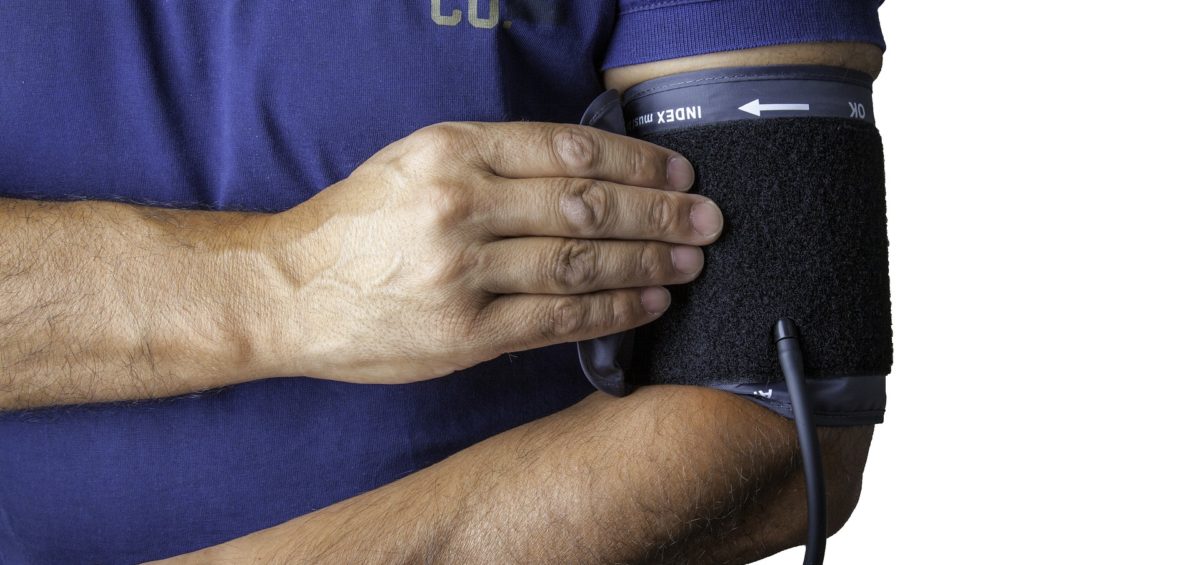
Low temperatures lead to risk of vasoconstriction and increase the blood pressure
In January the low temperatures cause colds and flu, an important rule for all is to get warmly dressed, not only to defend against the cold, but also to defend against hypertension. Low temperatures lead to risk of vasoconstriction and increase the blood pressure.
Vasoconstriction is one of the survival mechanisms common for the human body that tends to preserve the heat inside it, by keeping the body temperature constant in order to safeguard of the vital organs.
The blood pressure measured is the aortic pressure in the brachial artery that runs into the arm because it is not far from the heart. By convention the blood pressure are measured in millimeters of mercury (mmHg).
The blood pressure differs in:
– Diastolic blood pressure BP: is the minimum pressure in the arteries
– Systolic blood pressure BP: is the maximum pressure in the arteries
Normal resting blood pressure in an adult is approximately 120 millimetres of mercury systolic, and 80 millimetres of mercury diastolic, abbreviated in “120/80 mmHg. The blood pressure is defined 120/80 mmHg where 120 represents the systolic pressure while 80 represents the diastolic one.
It is generally believed that these values should not exceed in 130 mmHg of systolic pressure and 80 mmHg of diastolic pressure. Values higher than those indicated (example 140/90 mmHg) if not are constantly monitored, may lead to the risk of hypertension.
The heart makes more effort than necessary to pump the blood and this could increase not only the risk of cardiovascular accidents but also of stroke, renal failure and retinal problems.
Lifestyle should be changed with proper nutrition and moderate physical activity, along with a constant monitoring of cardiac function.











Leave a Comment